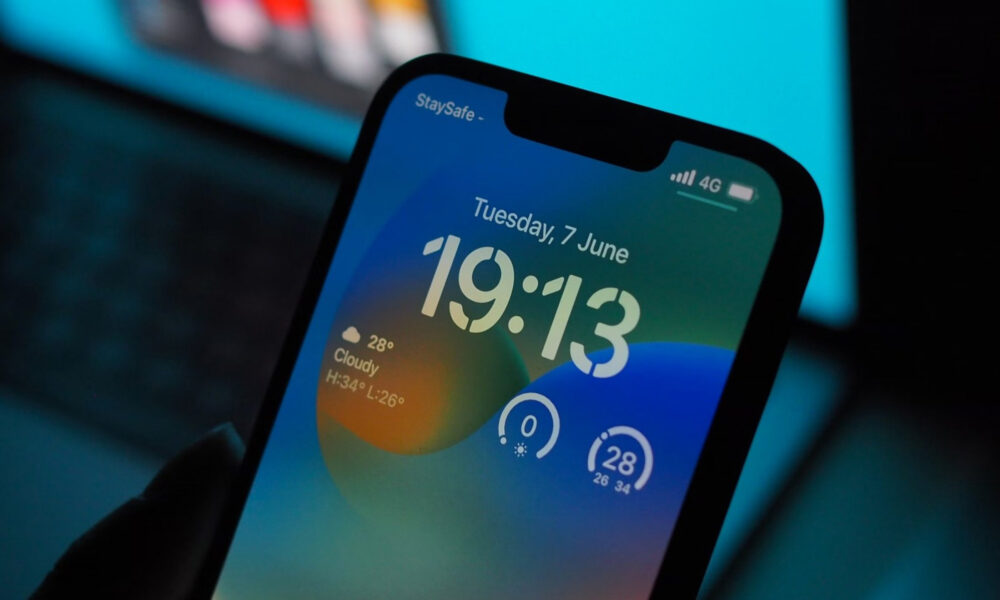News
New Malware Could Mean Trouble For iOS & macOS Security
Security researchers discovered an attack vector that, if exploited, would allow hackers to access messages, photos, and more.

Although Apple’s products are renowned for their robust security, no company is completely immune to hackers and malware. New research has recently revealed an attack vector that can affect Apple’s iPhone and Mac operating systems, allowing criminals to sweep messages, photos, and call history for exploitable data and — even more worryingly — access location data, photos, and the main camera.
The research comes from security firm Trellix, which says that the security flaws rank as “medium to high severity” and bypass the protections Apple puts in place to protect its users.
“The key thing here is the vulnerabilities break Apple’s security model at a fundamental level,” notes Doug McKee, director of vulnerability research at Trellix. McKee thinks his company’s findings could potentially lead to similar bugs being uncovered. However, it’s important to point out that Apple has so far plugged all of the security holes found by Trellix, and there’s no evidence they were ever exploited.
Trellix’s findings build on previous work by Google and Citizen Lab, who jointly discovered malware known as “ForcedEntry”, a zero-click, zero-day iOS exploit linked to Israeli spyware maker NSO Group and found initially on the iPhone of a Saudi activist.
Also Read: Facebook & Instagram Are Testing Twitter-Style Blue Checks
Analysis of ForcedEntry showed that it worked by fooling an iPhone into opening a malicious PDF disguised as a GIF, ultimately bypassing Apple’s sandbox — a protocol that keeps apps from accessing the data stored by other programs and areas of the device.
While Trellix’s findings are worrisome, it’s important to remember that attackers would need to gain a foothold into a device before being able to install any malware, and Apple has been very efficient at issuing security updates. The initial findings relate to macOS 13.2 and iOS 16.3, which were released in January, so it’s vital that readers ensure their devices are fully up to date!